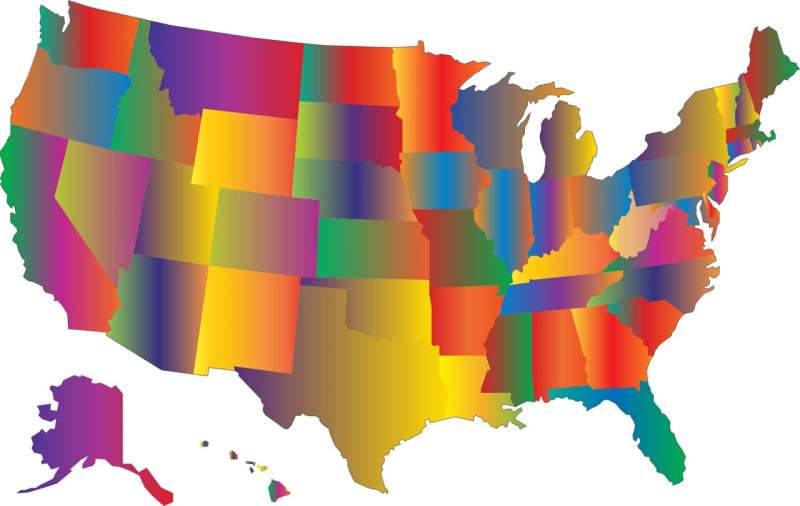This article has been reviewed according to Science X's editorial process and policies. Editors have highlighted the following attributes while ensuring the content's credibility:
fact-checked
trusted source
proofread
New study provides comprehensive overview of US public health workforce

After a decades-long decline—both in terms of financial investment and the overall size of the workforce—the COVID-19 pandemic prompted increased attention and funding for America's public health systems. This response is typical of the "neglect, panic, repeat" approach to public health that has been occurring for over a century, according to a new report from the University of Minnesota School of Public Health (SPH) and several collaborators.
The comprehensive new study addresses the deficiencies of this approach and suggests several strategies for building and maintaining a more stable public health workforce.
The study, published in the Annual Review of Public Health, provides an overview of the public health workforce regarding overall numbers, career pathway development, and recruitment and retention.
Historic amounts of one-time money have recently been invested in the public health system. The Centers for Disease Control and Prevention (CDC) recently awarded $3.5 billion specifically for governmental public health efforts. This is in addition to Health Resources and Services Administration (HRSA) creating a new workforce research center for public health and the newly developed Public Health AmeriCorps, both designed to build up and support governmental public health.
"This study comes at an opportune moment, as an influx of new funding has made this a critical time for policymakers to finally break the boom-or-bust cycle and create a stable, strong U.S. public health system," said JP Leider, lead author and director of the Center for Public Health Systems at SPH.
"But so far this is one-time funding, and our public health workforce remains in a dire state. Our research shows that we need reforms and inducements to attract more people—especially people from diverse backgrounds—to build a stronger and more stable workforce that better reflects the community it serves."
The study found:
- The public health workforce has gotten substantially smaller since the 1970s, a decline that has worsened since the Great Recession, which saw a loss of more than 40,000 public health staff positions in state and local government.
- Recruitment, diversity and retention continue to be key barriers to building the public health workforce.
- COVID-19 has also taken a toll on the workforce, with high reported rates of burnout and symptoms of PTSD among public health employees.
- Tracking the composition and the total number of people in the public health workforce remains a challenge because the federal government lacks a system for cataloging public health staff at the federal, state and local level.
- Enrollments in public health degree programs are rising, but few graduates choose government public health employment, opting instead for private sector jobs.
While acknowledging that public health workforce shortages are likely to persist, the paper identified strategies that policymakers could adopt to alleviate shortages, including taking proactive steps to increase the diversity of the workforce, introducing loan repayment programs for public health graduates, reforms to the government hiring process, and increased public health worker protections.
More information: Jonathon P. Leider et al, The State of the US Public Health Workforce: Ongoing Challenges and Future Directions, Annual Review of Public Health (2023). DOI: 10.1146/annurev-publhealth-071421-032830





















